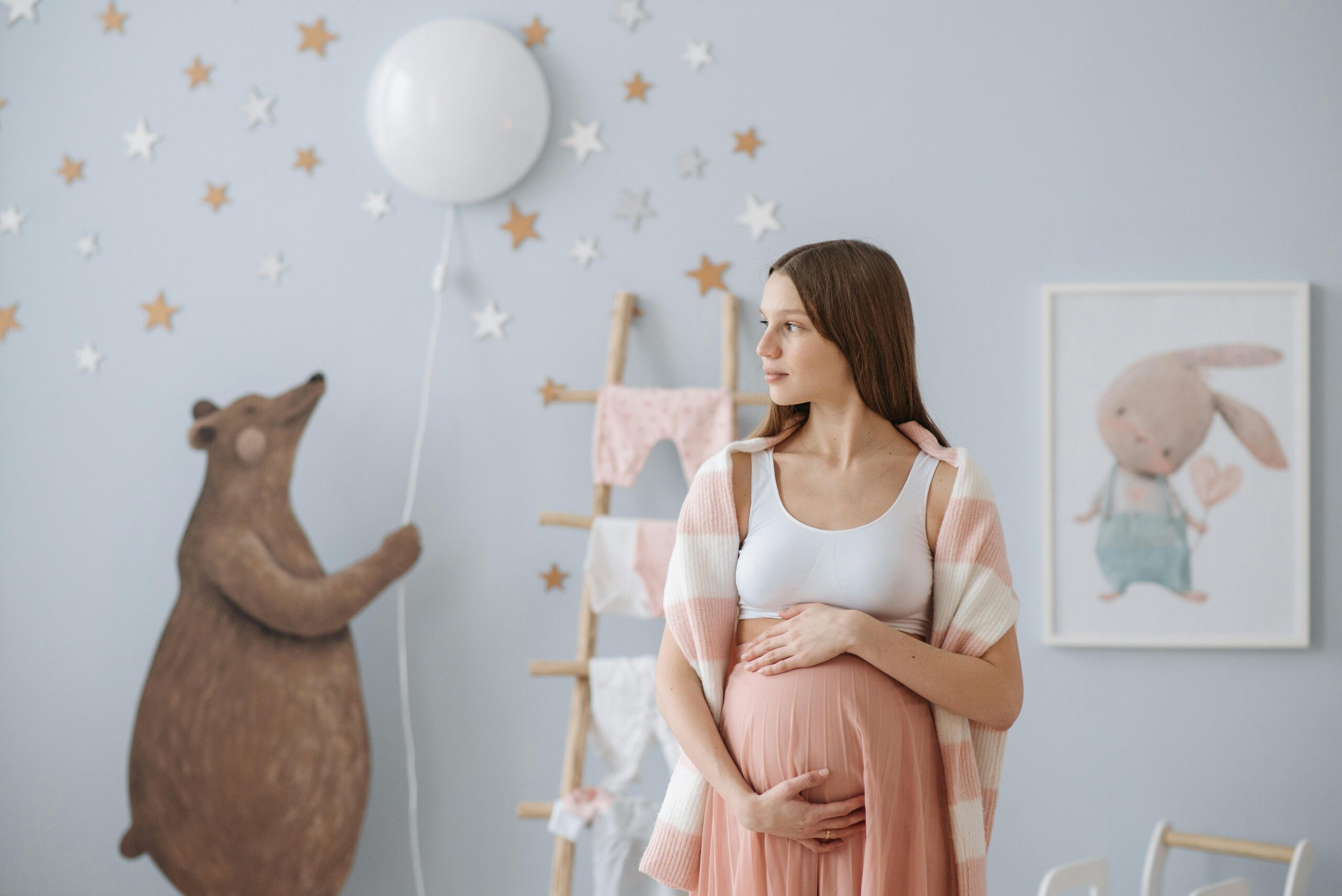Designing a Comfortable Home for Every Stage of Womanhood
A woman’s home is more than where she lives, it reflects how she lives. The New York Post highlights that 78% of homeowners said they see their home as an extension of themselves.
Therefore, as a woman’s body, responsibilities, and needs shift over time, her space should change too. Every stage of womanhood calls for different forms of comfort, practicality, and care. Yet many homes remain static, failing to match these transitions.
This blog post offers practical ways to create a home that adapts to a woman’s changing life. You’ll find ideas for calming bedrooms, family-ready kitchens, and wellness spaces that support physical recovery and emotional well-being.

Young Adulthood
In young adulthood, the home becomes a place to shape daily routines and grow personal independence. This stage often blends study, work, and relaxation into a single space. Therefore, designing for flexibility is key. Spaces should support different needs within limited square footage, especially for renters and first-time homeowners.
Multifunctional furniture works well here. Items like Murphy beds, fold-out desks, and nesting tables create more space without sacrificing comfort. They offer clean, simple solutions for small apartments or shared housing. These choices make a living area feel open, organized, and easier to maintain.
Color plays a strong role in shaping mood. For example, soft blues and warm whites improve focus and calm the mind. Verywell Mind highlights that blue is seen as safe, calm, and trustworthy. It brings feelings of peace, relaxation, and order. Moreover, it promotes productivity and creativity, which is why it's often used in office décor.
These shades work well in bedrooms, study corners, or anywhere you need clarity. Lighter tones also help smaller rooms feel more spacious and welcoming.
Natural elements also support well-being. Many millennials keep indoor plants to relieve stress. TIME highlights that plant-related activity led to lower blood pressure and made participants feel more relaxed. Cortisol (the stress hormone) drops when you're around plants, even just pictures of them. Even a few potted plants near a window can ease anxiety and sharpen focus.
In this stage of life, the home should support change. Whether it’s preparing for a new job, starting a side hustle, or hosting friends, the design should adapt. What matters most is building a space that reflects where you are—and where you're heading.
Motherhood
Motherhood brings new rhythms to the home. Spaces once designed for work now support feeding schedules, playtime, and family gatherings. Comfort, safety, and ease of use matter more than ever during this phase. Every corner of the home must work harder and smarter without becoming overwhelming.
The kitchen is one of the most used spaces in a home. It serves many roles—cooking, gathering, and even working. According to the NKBA, 92% of homeowners believe their kitchen reflects their style. Today’s kitchens are no longer separate zones. They are designed to match the look and feel of the entire home, creating a seamless, cohesive living space.
Living areas need to support both parents and children. Soft flooring options such as padded mats reduce fall risks for toddlers. Modular storage systems help keep toys, books, and art supplies in order. When shelves are easy to reach, kids learn to tidy up on their own. Clear zones for play create structure while keeping shared spaces calm and clutter-free.
Homes in this stage of life should center on purpose. Each space should support daily tasks, shared memories, and personal time. A well-designed home lets families thrive—even when life feels full.
Midlife Wellness & Comfort
In midlife, the home evolves into a place of restoration. As women balance careers, caregiving roles, and hormonal changes, spaces that support physical and mental health offer lasting value.
In this stage, consider adding a dedicated wellness corner in your house. Even a small nook with a yoga mat, dimmable lights, and aromatherapy can improve emotional and physical balance. Storage for foam rollers, resistance bands, and meditation cushions keeps the space tidy and functional.
For many women, pelvic health becomes more relevant during this stage. House space design can positively impact pelvic floor issues by promoting healthy habits and supporting recovery efforts. Ensure spaces are organized to minimize heavy lifting or awkward reaching.
For some women facing pelvic organ prolapse, transvaginal mesh has been introduced to restore structure and function. While mesh implants have helped many regain comfort, they have also been linked to serious side effects. These include mesh erosion, pain, and damage to nearby pelvic organs. Thousands of women have filed lawsuits, highlighting complications from faulty mesh products.
The growing number of claims has led to greater awareness about exploring safer, non-surgical alternatives. But the question is, what can be used instead of mesh for prolapse? If you’re seeking gentler options, turn to pelvic floor exercises, lifestyle modifications, and supportive devices like pessaries can help. These solutions offer effective relief without the risks associated with implants.
Every house feature should reflect what matters most—well-being, ease, and dignity. When the home nurtures your health, it supports a better quality of life.
Later Years
As individuals grow older, the desire to remain in a familiar, comforting environment becomes stronger. Homes that once served busy family lives now shift toward supporting mobility, safety, and ease of living. Simple, thoughtful changes make a meaningful difference in everyday comfort.
Today, aging in place has become a priority for older adults. According to a survey by AARP, 75% of older adults want to stay in their homes as they age. This shift calls for thoughtful home updates that balance safety, function, and dignity.
Universal design is essential in supporting independence for older women. Lever-style door handles replace traditional knobs, making access easier for those with arthritis or reduced grip strength. No-step entries at front doors and showers remove dangerous tripping points and create seamless movement throughout the home.
Incorporating these updates ensures a higher quality of daily life. The focus is on removing obstacles—both physical and mental—so aging doesn’t feel like a limitation. Small design shifts carry big impacts: safer routines, more confidence, and a home that evolves with you.
FAQs
Different design elements support a wellness-focused lifestyle for women. This can include natural lighting, calming color palettes, ergonomic furniture, organic materials, and dedicated spaces for activities like yoga or meditation. These elements promote relaxation, physical health, mental clarity, and a harmonious, nurturing environment.
Home layouts for new mothers can be optimized by creating open, accessible spaces, placing nurseries near bedrooms, and incorporating comfortable nursing areas. Ample storage, soft lighting, and easy-to-clean surfaces also help support convenience, safety, and a nurturing environment for both mother and baby.
Color schemes can enhance mood and comfort by incorporating calming shades like blue and green for relaxation. You can also add warm tones like beige and soft yellow for coziness. Thoughtful color choices create inviting, soothing environments that positively influence emotions and overall well-being.
Homes are living reflections of who we are and how we move through life. From young adulthood to later years, thoughtful design supports every stage with purpose and ease.
Start small. Maybe it’s switching out cabinet knobs for levers or adding a soft light in your reading corner. One thoughtful change this week can lead to a more supportive, calming environment.



